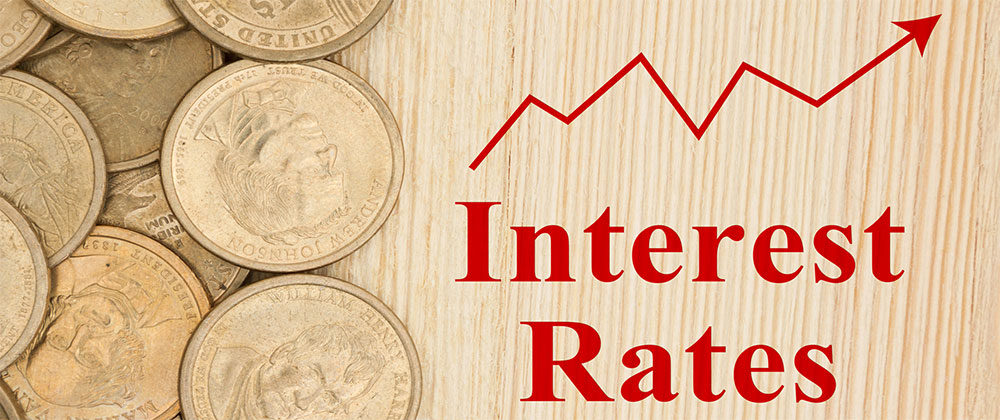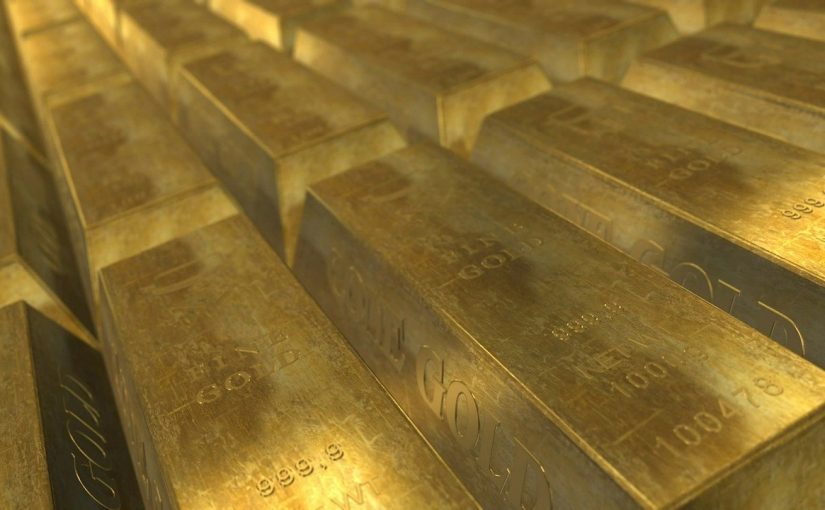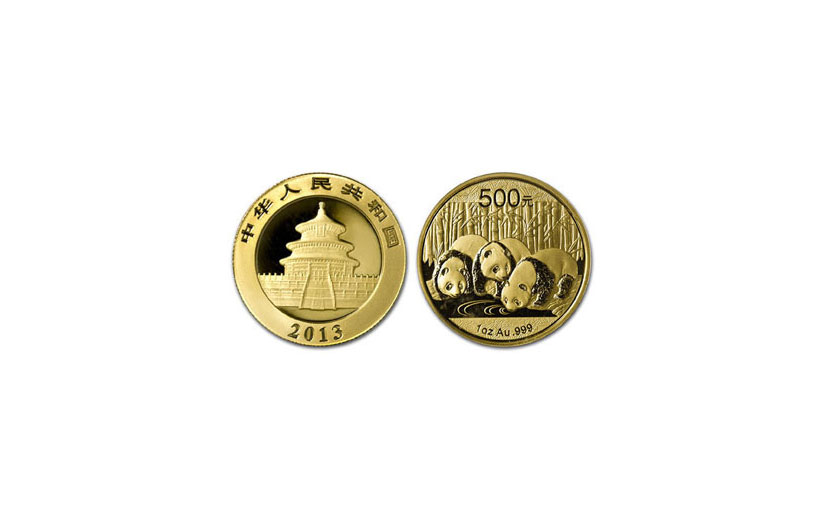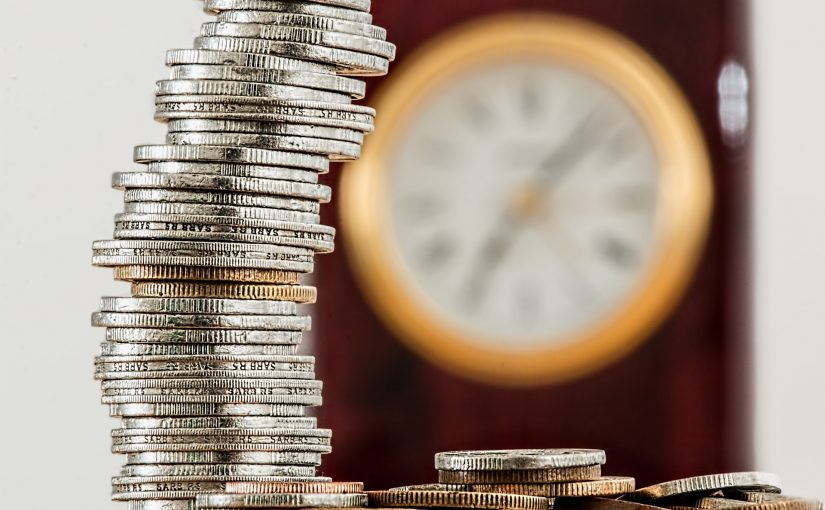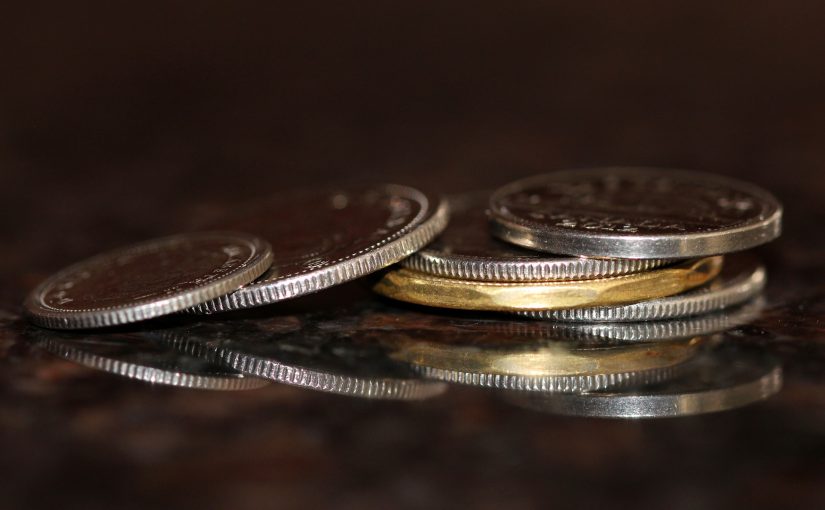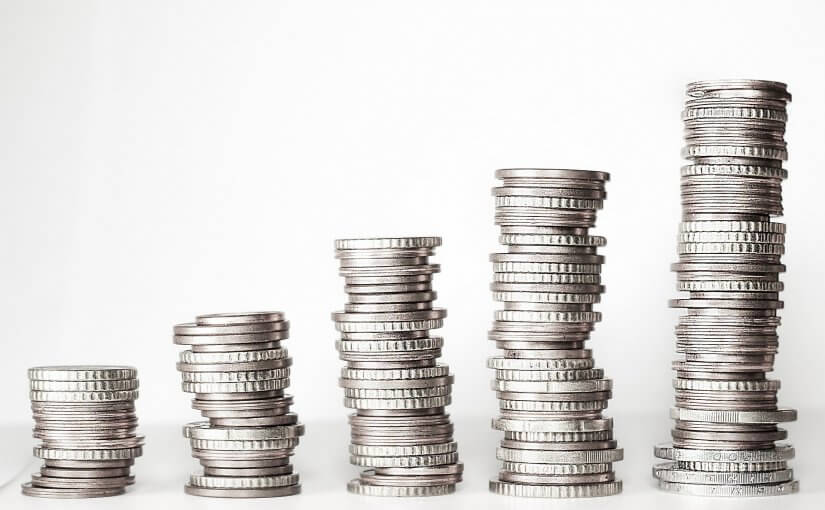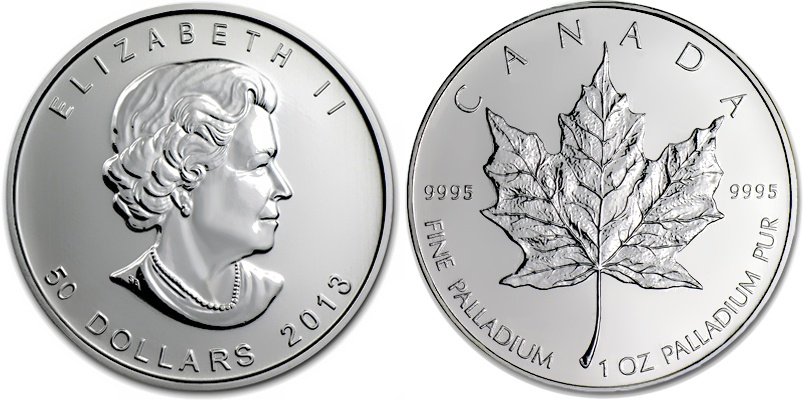Money is money no matter how old or obsolete. Many people who are in possession of obsolete notes often think they have no value because they are no longer being produced. This is quite far from the truth. Notes that are no longer in production hold a great value to many collectors and they are willing to pay more for them now than compared to their circulation date.
What is an “Obsolete Note?”
Obsolete notes, or “Obsolete Money”, was a form of currency that was printed by state banks in America from the late 1700’s to the mid-1800’s. While in production, they were never recognized as a real currency by the U.S. government, rendering them worthless beyond the states they were printed in. The banks that supplied these notes would eventually shut down, resulting in the name “obsolete notes”. Despite the name, these notes are extremely rare and valuable piece of American history.
What to do With Obsolete Notes?
Being in the possession of an obsolete note opens potential doors for financial gain. Selling or trading it to a currency collector, such as William Youngerman, can have a big pay off. Obsolete notes are worth a lot more than just the face value that was printed on it. Depending on the year and state of where the note was printed, certain obsolete notes can be worth thousands of dollars.
Where to Find Obsolete Notes?
Collectors all over the U.S. have been buying and trading obsolete notes for years. Collectors, like William Youngerman, have notes belonging to different states and eras that all hold different values, making them affordable for people in different price ranges.
Determine Value
There are a few factors that go into the determination of how much an obsolete banknote is worth. Small details on the note can make all the difference. Factors include:
State: Depending on what state the note was printed from can make all the difference. A note printed in Utah will be worth much more versus a note printed in Indiana. This is because there were not as many people and banks in Utah which resulted in fewer obsolete notes being printed.
Art: Different obsolete notes printed in different states and years have different pieces of artworks on it. Notes that feature more detailed artwork on it will usually go for more than a plain obsolete note.
Age: The older the better. The older and more genuine an obsolete note is, the more money it will fetch.
Serial Number: When purchasing or deciding to sell an obsolete note, make sure to always check the serial number as this can determine whether or not it is vintage. Many obsolete notes were printed around the 1920’s as souvenirs for museums.
Condition: Of course, obsolete bank notes are old, so they’re going to be discolored and brittle but they shouldn’t be torn or be falling apart. Any banknotes that have damage can injure its value.
Obsolete notes are worth much more today than ever before. If there are any questions regarding a note’s value or questions about selling or trading notes, feel free to call William Youngerman today at (561) 368-7707.

